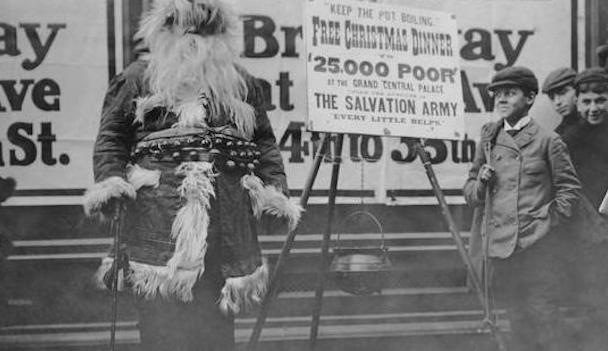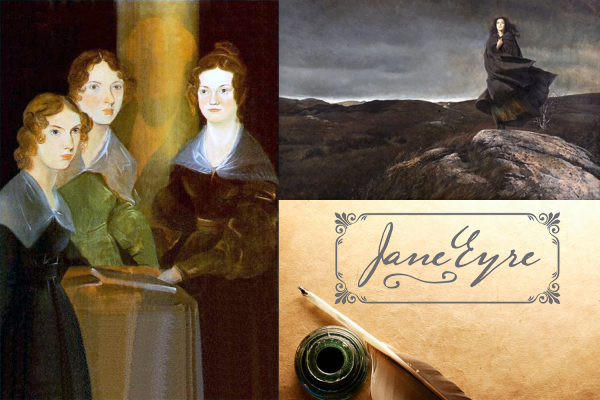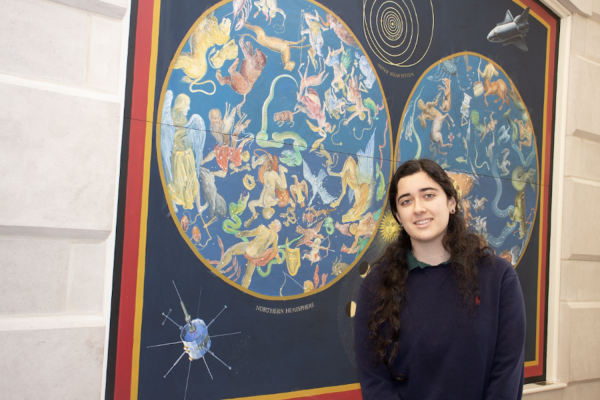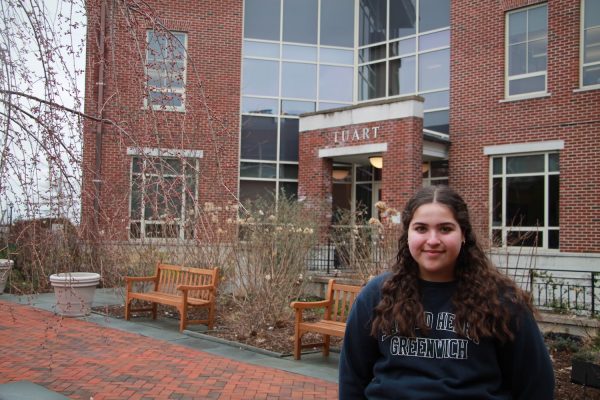The history of Santa Claus crosses borders
Santa Claus has been a prominent figure throughout the popularization of Christmas, but many people are unaware of his history. Since his origination in Europe, Santa has come to make his mark on America and the rest of the world. Organizations and popular literary figures have also contributed to the global popularity of Santa Claus.
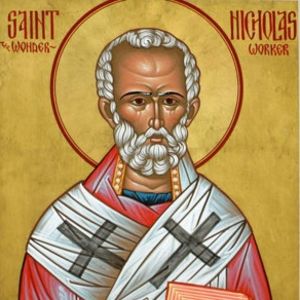
Courtesy of biography.com
Traces of the famous figure date back to the third century to a monk named St. Nicholas, born around 280 A.D., according to history.com. Many people at the time admired him because of his generosity and dedication. He is known as the patron saint of children due to his numerous acts of kindness, according to stnicholascenter.org.
There are countless legends surrounding St. Nicholas’ good deeds, such as donating all of his inherited money to the poor and traveling the countryside, assisting those in need. He also gave three sisters dowries so they could marry, and their father would not have to sell them into slavery, according to history.com.
St. Nicholas’ popularity soared in Europe, especially in the Netherlands. During the Protestant Reformation, a period of European history when it was discouraged to worship saints, St. Nicholas remained popular.
The name St. Nicholas evolved into Santa Claus through the Dutch translation Sint Nikolaas, which eventually became Sinter Klass. After Dutch immigrant families at the end of the 18th century introduced the foreign figure to the United States, the name became Santa Claus.
In 1804, a member of the New York Historical Society brought more attention to St. Nicholas when he distributed woodcuts of the saint at the society’s annual meeting. The woodcuts also depicted images of stockings filled with toys and fruit hung over a fireplace, items that are considered distinct to Christmas.
By the 1840s, newspapers began advertising for Christmas, often including images of the newly famous Santa Claus.

In the 1890s, the Salvation Army was the first to create a physical manifestation of Santa. The organization needed money to pay for the free meals it offered at Christmas, so it began hiring unemployed men to dress up as Santa to collect money.
Santa Claus’ popularity developed as each Christmas passed, but his notoriety peaked because of an Episcopal minister, Mr. Clement Clarke Moore, according to history.com. Mr. Moore wrote his poem An Account of a Visit from St. Nicholas in 1822. Most commonly known by its opening line, “‘Twas the night before Christmas,'” this poem was the most important factor in the popularization of Santa Claus, according to americaslibrary.gov.
Mr. Moore describes Santa Claus’ magical ability to descend a chimney with a nod of his head. He also includes Santa’s use of flying reindeer to travel and his giving of presents to well-behaved children.
Additionally, An Account of a Visit from St. Nicholas moved Santa Claus into the American spotlight. In 1881, Mr. Thomas Nast, a political cartoonist, drew inspiration from Mr. Moore’s work to craft the modern-day image of Santa Claus.

Courtesy of history.com
Mr. Nast drew Santa as a cheerful and plump man with a full, white beard who carries a sack of toys. Mr. Nast was the first to depict Santa’s workshop in the North Pole, his red suit, elves, and his wife, Mrs. Claus.
Multiple Sacred Heart Greenwich Lower School teachers find it important, informative, and fun to expose their students to Mr. Moore’s works.
“I like reading [An Account of a Visit from St. Nicholas] to the girls because it always sparks a discussion about Santa Claus,” Second Grade Teacher Mrs. Suzanne Festa ’80 said. “The girls are fast to point out the lesson that Santa is always watching, reinforcing their best behavior and acts of kindness.”
As a result of the various writings, images, and publications of Santa Claus, he is now a globally recognized figure whom millions of people around the world cherish and admire today.

